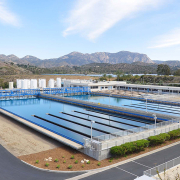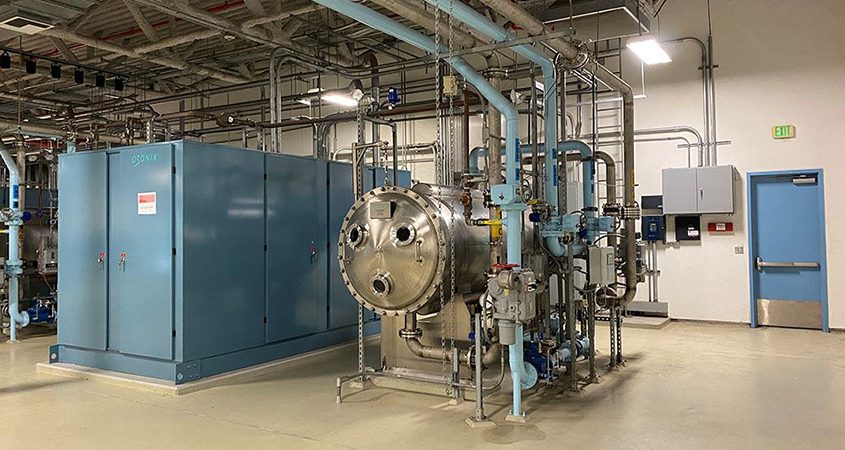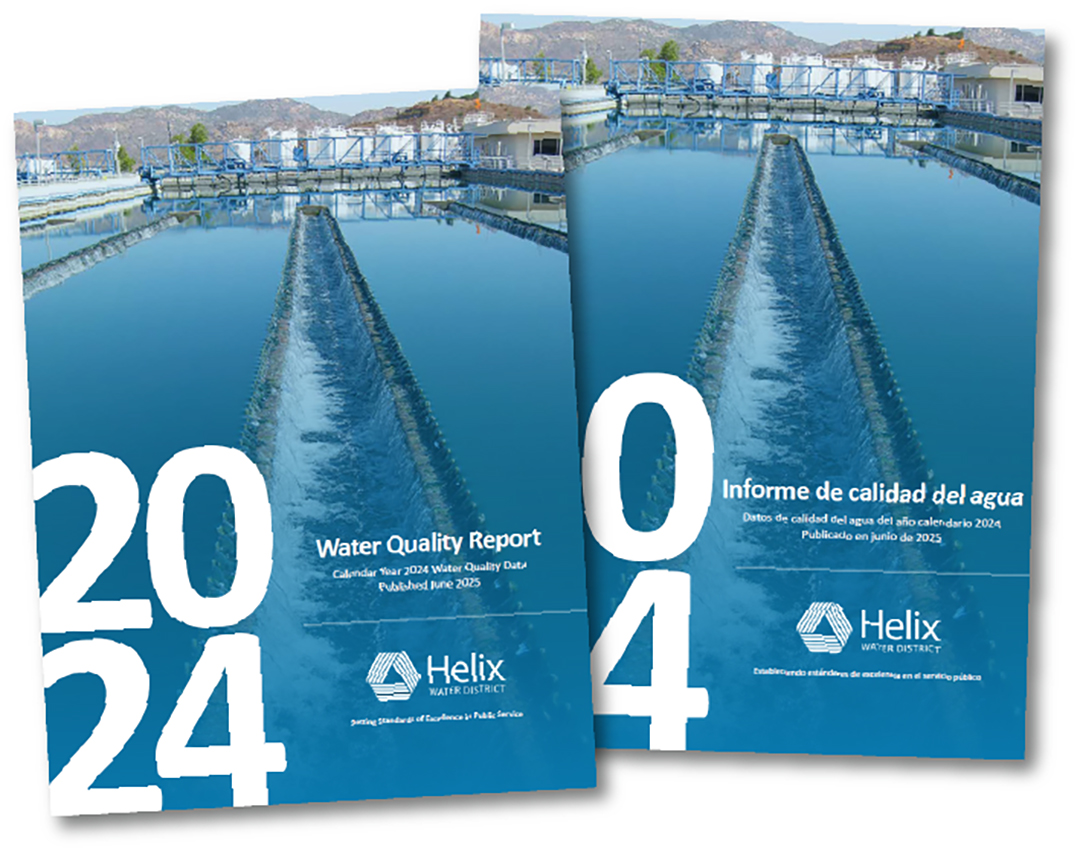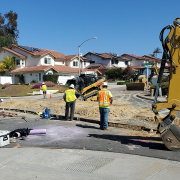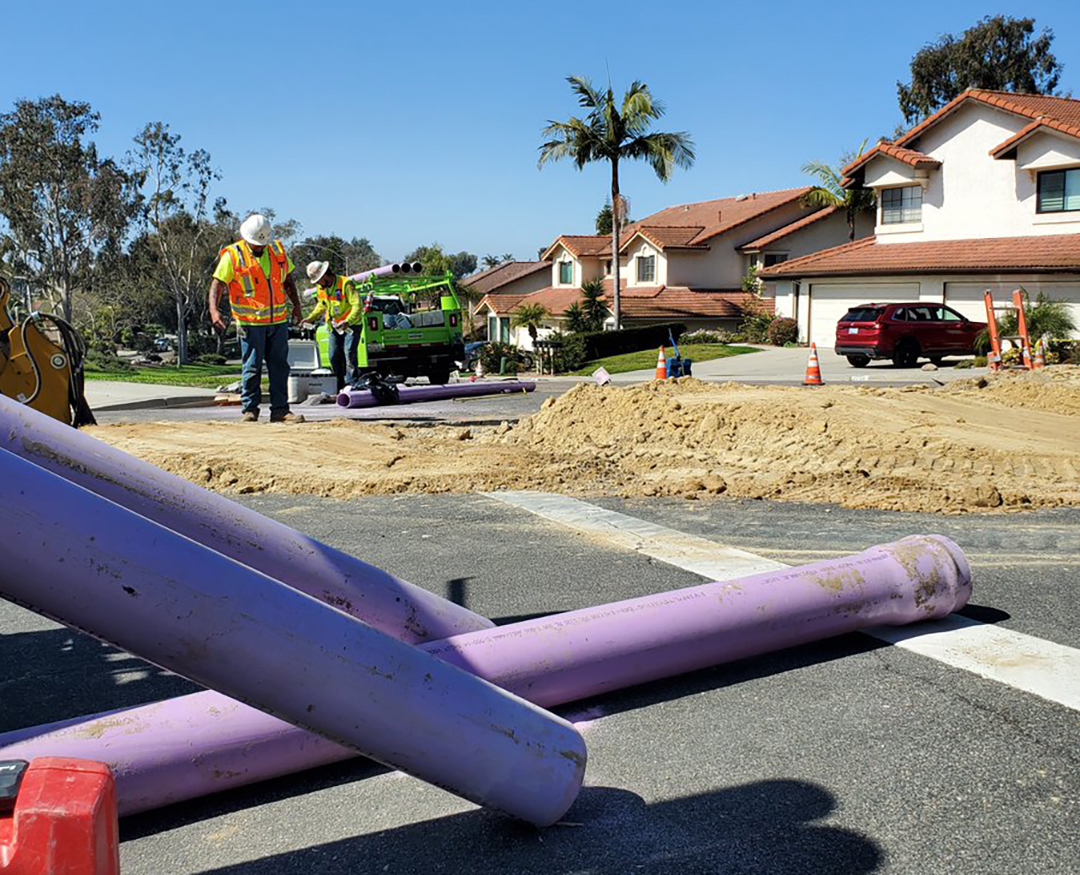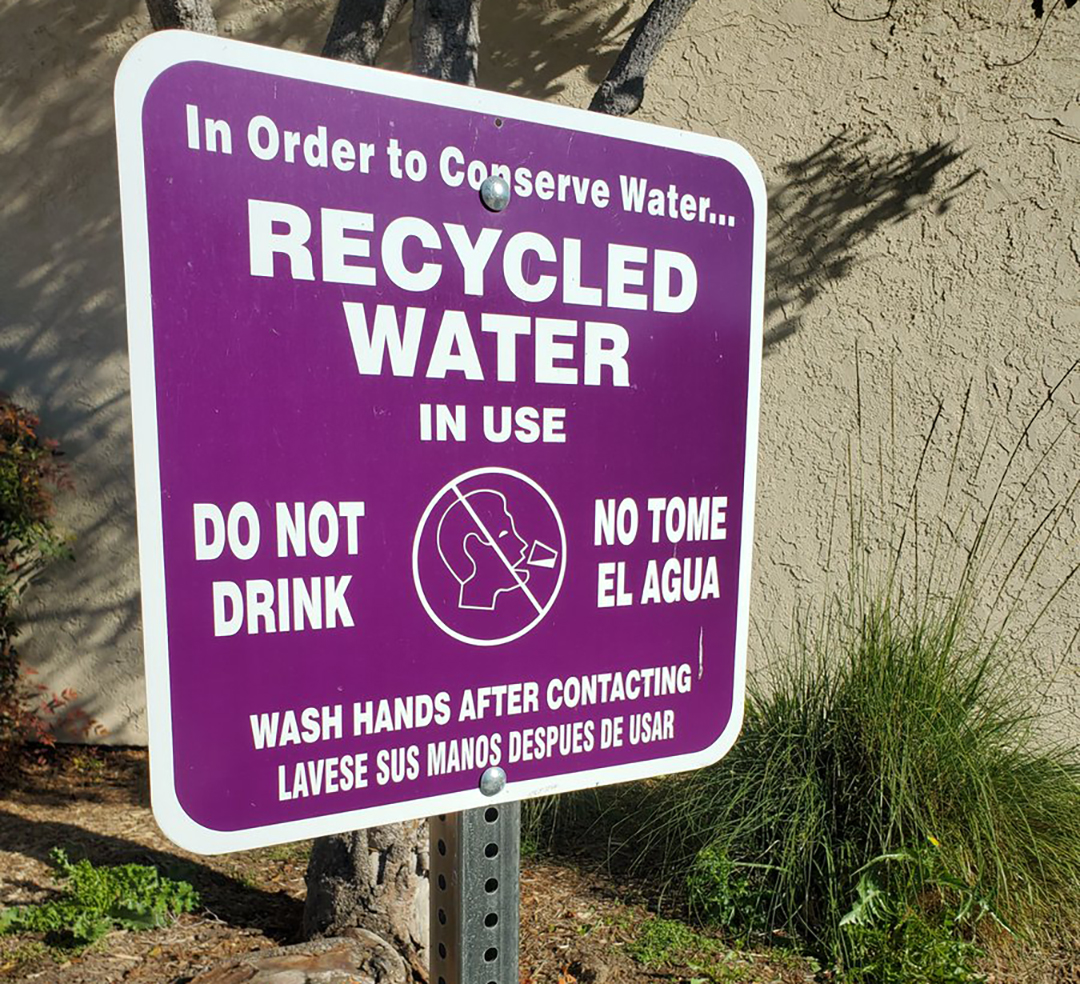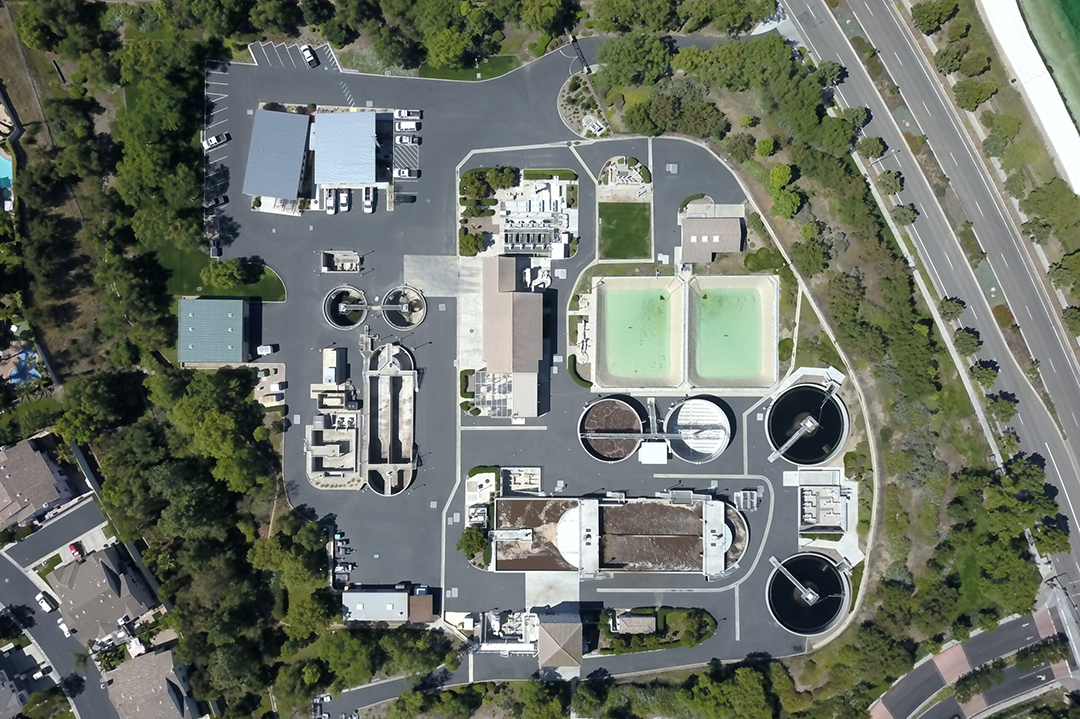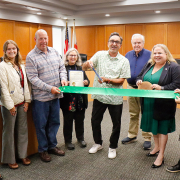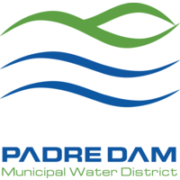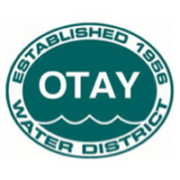National Hydration Day is June 23, a time to recognize the essential role of one of humanity’s resources: safe, reliable drinking water.
National Hydration Day was originally established in 1991 at the start of the summer season to remind athletes of the importance of hydration and to promote the benefits of proper hydration for overall health.
It also demonstrates the availability of the healthiest way to stay hydrated: the drinking water provided by water agencies like the 22 member agencies of the San Diego County Water Authority.
Hydration Matters To Your Health

Stay aware of your hydration by monitoring your thirst, especially when working or playing outdoors in warm summer weather. Photo: Nuzree
Water makes up 50 to 70% of the healthy human body weight. It lubricates joints, regulates your body temperature, flushes toxins via urine and sweat, and supports every organ system from brain function to heart health.
Scientific studies underline hydration’s importance. Proper hydration supports cognitive performance, mood stability, and may slow age-related cellular decline.
The American Heart Association recommends that men drink about fifteen and a half cups of water and women drink about eleven and a half cups of water each day. Older adults should pay extra attention to hydration needs to prevent rapid fluid loss from decreased total body water or medication effects .
Water and water-rich foods are the best sources of hydration to keep your heart healthy and maintain a regulated temperature. Relying on sodas, sports drinks, or sweetened coffee and frozen drinks to stay hydrated can introduce too much sugar into your diet.
Safe Drinking Water Delivered Daily
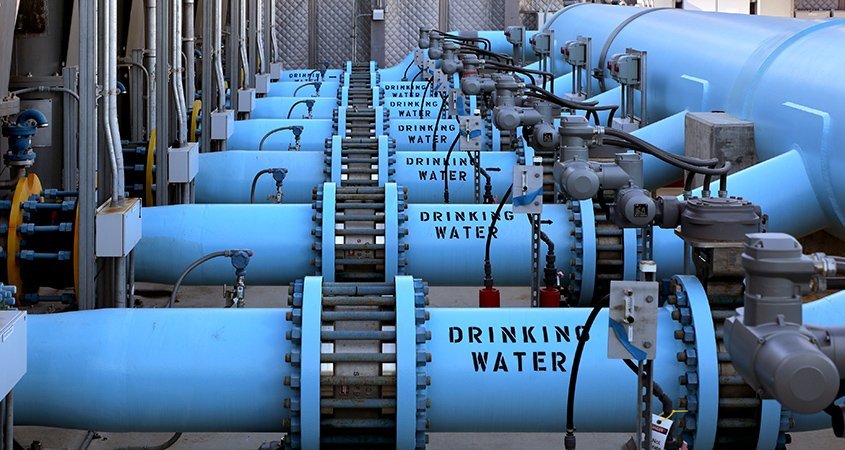
The San Diego region’s diversified water supply portfolio includes highly reliable, locally controlled and drought-proof supplies from the Claude “Bud” Lewis Carlsbad Desalination Plant. Photo: San Diego County Water Authority
On National Hydration Day — and every day — the mission of the San Diego County Water Authority and its 22 member agencies is to ensure that every tap delivers water that meets or exceeds federal and state standards.
Federally regulated under the Safe Drinking Water Act, public water systems are monitored for contaminants, including microbial threats, chemical hazards, or disinfection byproducts. All water and wastewater systems are regularly tested to ensure quality on a regular basis.
The delivery of safe water to the Water Authority’s 22 member agencies and their customers is the top priority for the Water Authority. Regular water quality monitoring and the use of online monitoring equipment ensure that the Water Authority is delivering high-quality, safe water to its member agencies 24 hours a day, seven days a week.
Potable water supplied by the Water Authority to its member agencies comes from three primary sources. Whether the water is treated by the Metropolitan Water District, the Water Authority, or a local agency, all treated water served in San Diego County meets or exceeds rigorous state and federal water quality standards.
Each member water agency publishes an annual Water Quality Report, such as this example from the City of San Diego, and from the Padre Dam Municipal Water District, which provide details about treatment and compliance.
Are Your Hydration Habits Healthy?
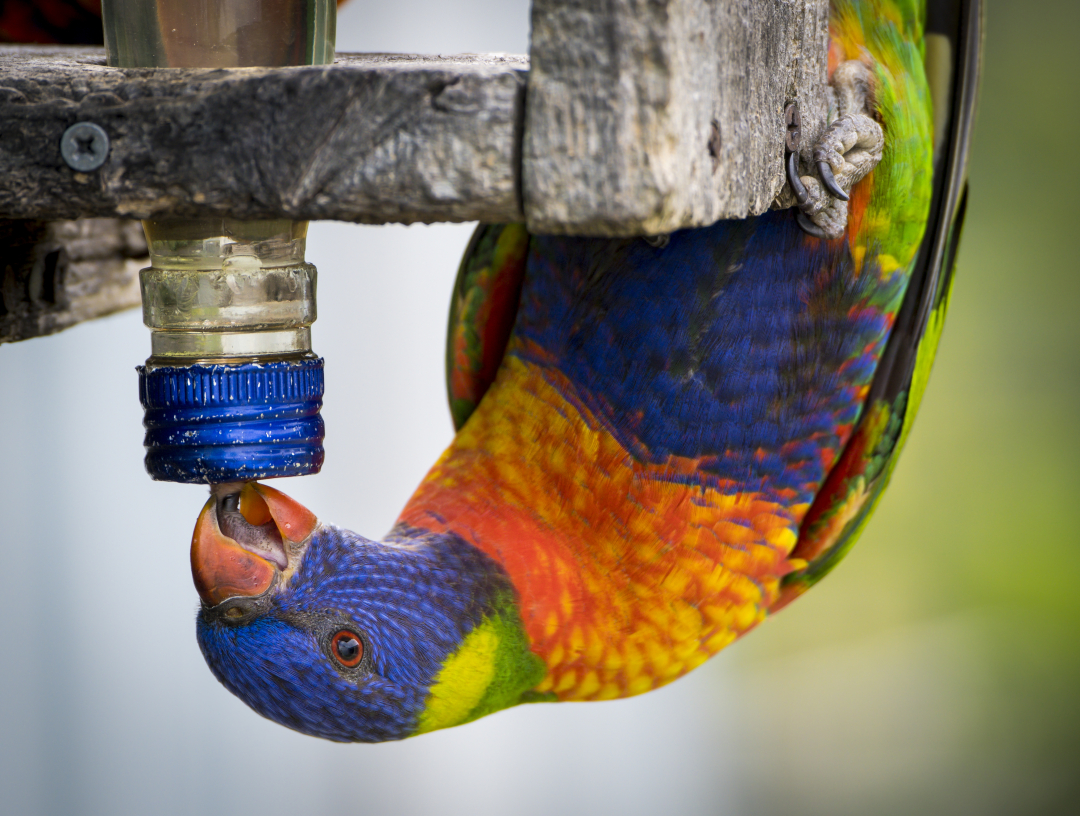
Your lorikeet can get its drinking water this way. Fill your reusable water bottles with water and chill them in the refrigerator for cold drinking water. Photo: Wade Tregaskis/CC
You can use National Hydration Day as a reminder to check your own hydration habits.
Make water your primary source of hydration. Fill your reuseable bottle with tap water and put it into your refrigerator at night so it’s ready and waiting for you in the morning.
Choosing tap water over bottled beverages is eco‑friendly, budget‑friendly, and health‑friendly. Public water systems are strictly regulated, while bottled water is less so. Reusable bottles reduce plastic waste. Save money and save the environment by using tap water.
If your taste buds need more variety than plain water, add lemon, cucumber, or mint to your reusable drinking water bottle. National flavoring can help you ensure you reach your daily hydration goals.
Learn the signs of dehydration from experts such as the Mayo Clinic, which can show up quickly during hot summer days, especially if you are outside and active. It is especially dangerous for infants, children, and older adults.
Commitment to Community Well‑Being
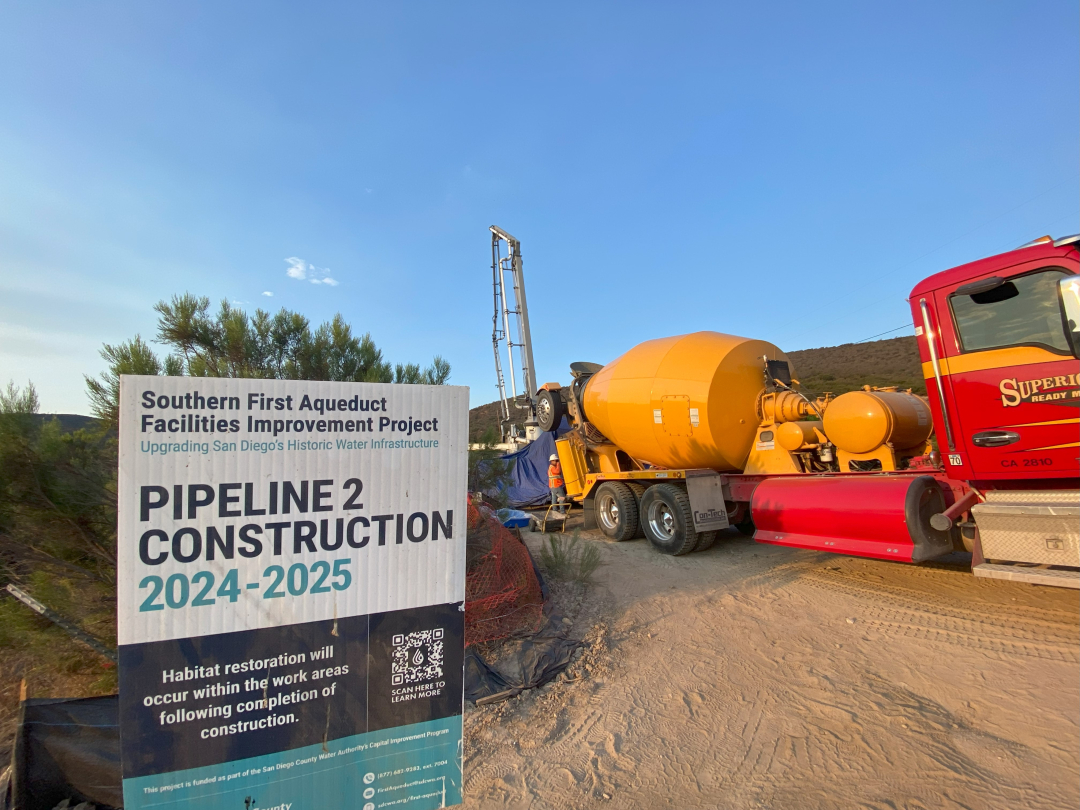
Work continues on the Water Authority’s historic First Aqueduct to ensure safe, reliable water supplies for the San Diego region well into the future. Photo: San Diego County Water Authority
Investments by the San Diego County Water Authority and its member agencies in treatment plants, pipeline maintenance, and highly trained water professionals at all levels ensure safe, reliable water is available to support your health on National Hydration Day and every day.


